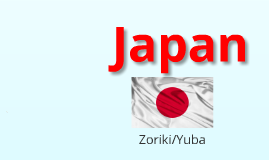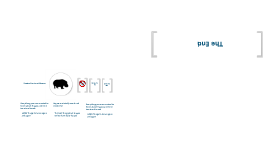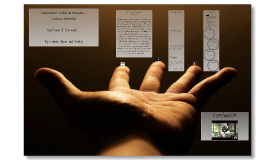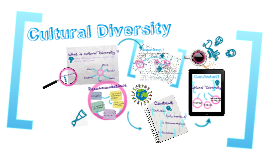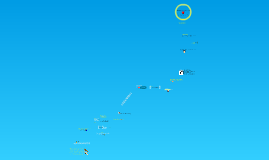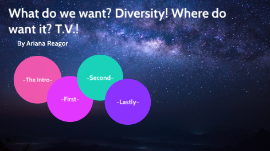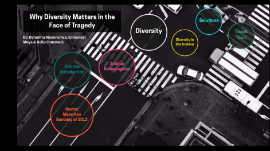cultural powerpoint
Transcript: Family History Grandma and aunt were moved to Chicago after the war. Lived there while my grandpa was in the army. After the army, grandpa moved to Chicago and did body and fender work. Grandpa Chris was born in 1947 and they returned to California. Moved from their old home in Venice to their current one in Santa Monica. International Medical Corps is expanding its network of local partners to deliver critical health, mental health and livelihoods services to communities affected by the tsunami. Japan's History Part 2 by the International Monetary Fund (2011)[2] List by the World Bank (1990-2010)[3] List by the CIA World Factbook (2000-2011)[4] Rank Country/Region GDP (millions of US$) World 69,659,626[5] 9999999 European Union &1000000001757769100000017,577,691[5] 1 United States &1000000001509402500000015,094,025 2 China &100000000072981470000007,298,147n2 3 Japan &100000000058694710000005,869,471 4 Germany &100000000035770310000003,577,031 5 France &100000000027763240000002,776,324 6 Brazil &100000000024929080000002,492,908 7 United Kingdom &100000000024175700000002,417,570 8 Italy &100000000021987300000002,198,730 9 Russia &100000000018504010000001,850,401 10 Canada &100000000017368690000001,736,869 11 India &100000000016761430000001,676,143 12 Spain &100000000014935130000001,493,513 13 Australia &100000000014882210000001,488,221 14 Mexico &100000000011547840000001,154,784 15 Korea, South &100000000011162470000001,116,247 16 Indonesia &10000000000845680000000845,680 17 Netherlands &10000000000840433000000840,433 18 Turkey &10000000000778089000000778,089 19 Switzerland &10000000000636059000000636,059 20 Saudi Arabia &10000000000577595000000577,595 21 Sweden &10000000000538237000000538,237 22 Poland &10000000000513821000000513,821 23 Belgium &10000000000513396000000513,396 24 Norway &10000000000483650000000483,650 25 Iran &10000000000482445000000482,445 26 Taiwan &10000000000466832000000466,832 27 Argentina &10000000000447644000000447,644 28 Austria &10000000000419243000000419,243 29 South Africa &10000000000408074000000408,074 30 United Arab Emirates &10000000000360136000000360,136 31 Thailand &10000000000345649000000345,649 32 Denmark &10000000000333238000000333,238 33 Colombia &10000000000328422000000328,422 34 Venezuela &10000000000315841000000315,841 35 Greece &10000000000303065000000303,065 36 Malaysia &10000000000278680000000278,680 37 Finland &10000000000266553000000266,553 38 Singapore &10000000000259849000000259,849 39 Chile &10000000000248411000000248,411 9999999 ' Hong Kong &10000000000243302000000243,302 40 Israel &10000000000242897000000242,897 41 Nigeria &10000000000238920000000238,920 42 Portugal &10000000000238880000000238,880 43 Egypt &10000000000235719000000235,719 44 Ireland &10000000000217669000000217,669 45 Czech Republic &10000000000215265000000215,265 46 Philippines &10000000000213129000000213,129 47 Pakistan &10000000000210566000000210,566 48 Algeria &10000000000190709000000190,709 49 Romania &10000000000189776000000189,776 50 Kazakhstan &10000000000178312000000178,312 51 Kuwait &10000000000176667000000176,667 52 Qatar &10000000000173847000000173,847 53 Peru &10000000000173502000000173,502 54 Ukraine &10000000000164960000000164,960 55 New Zealand &10000000000161851000000161,851 56 Hungary &10000000000140303000000140,303 57 Vietnam &10000000000122722000000122,722 58 Iraq &10000000000115388000000115,388 59 Bangladesh &10000000000113032000000113,032 60 Angola &10000000000100948000000100,948 61 Morocco &1000000000009924100000099,241 62 Slovakia &1000000000009608900000096,089 63 Oman &1000000000007188800000071,888 64 Ecuador &1000000000006638100000066,381 65 Sudan + South Sudan &1000000000006475000000064,750 66 Croatia &1000000000006384200000063,842 67 Azerbaijan &1000000000006232100000062,321 68 Sri Lanka &1000000000005909500000059,095 69 Luxembourg &1000000000005841200000058,412 70 Dominican Republic &1000000000005670000000056,700 71 Belarus &1000000000005548300000055,483 72 Bulgaria &1000000000005351400000053,514 73 Burma &1000000000005192500000051,925 74 Slovenia &1000000000004958800000049,588 75 Guatemala &1000000000004689700000046,897 76 Uruguay &1000000000004687200000046,872 77 Tunisia &1000000000004636000000046,360 78 Uzbekistan &1000000000004535300000045,353 79 Serbia &1000000000004506400000045,064 80 Lithuania &1000000000004271800000042,718 81 Costa Rica &1000000000004094700000040,947 82 Lebanon &1000000000003903900000039,039 83 Ghana &1000000000003715800000037,158 84 Libya &1000000000003687400000036,874 85 Kenya &1000000000003479600000034,796 86 Yemen &1000000000003367500000033,675 87 Ethiopia &1000000000003125600000031,256 88 Panama &1000000000003056900000030,569 89 Jordan &1000000000002923300000029,233 90 Latvia &1000000000002825200000028,252 91 Bahrain &1000000000002610800000026,108 92 Cameroon &1000000000002575900000025,759 93 Turkmenistan &1000000000002574200000025,742 94 Cyprus &1000000000002494900000024,949 95 Bolivia &1000000000002460400000024,604 96 Cote d'Ivoire






